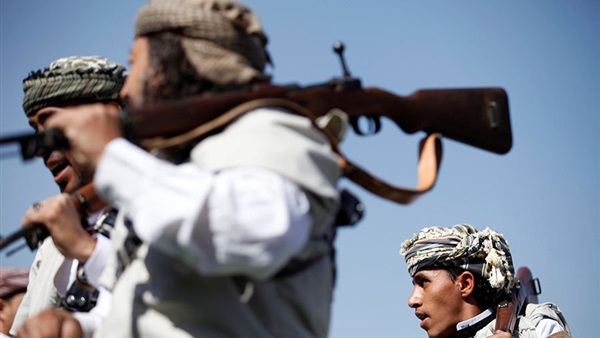What is the next step to peace talks over Yemeni crisis

A second round of talks is due to be held in January
on a framework for negotiations and transitional governing body.
The Houthis, who have no traction in the south, want
a meaningful role in Yemen’s government and to rebuild their stronghold of
Saada in the north of the country, analysts said.
The analysts say Saudi Arabia can live with a Houthi
political role as long as they disarm. Riyadh says it does not want a military
movement like Lebanon’s Iran-allied Hezbollah near its borders.
“Moving forward, the inclusion of key factions that
have so far been excluded from the process will be key,” said Adam Baron of the
European Council for Foreign Relations.
Yemen’s fractious armed groups and parties, numerous
before the war, have proliferated further since 2015, and each has their own
agenda. The war also revived old strains between North and South Yemen, formerly
separate countries which united into a single state in 1990 under slain former
president Saleh.
Southern separatists resented concentration of
resources in the north. Some of the Shi’ite Zaydi sect chafed as their north
heartland became impoverished and in the late 1990s formed the Houthi group,
which fought the army and forged ties with Iran. Jihadists set up an al Qaeda
wing.
Mass pro-democracy protests in 2011 forced Saleh to
step down after some of his former allies turned on him and the army split. His
deputy Hadi was elected to a two-year term to oversee a democratic transition,
but was undermined.
In 2014, the Houthis seized Sanaa aided by Saleh
loyalists, forcing Hadi to share power. When a federal constitution was
proposed, both Houthis and southern separatists rejected it.
The Houthis arrested Hadi in 2015, but he escaped
and fled to Aden. The coalition then entered the war on Hadi’s side.





